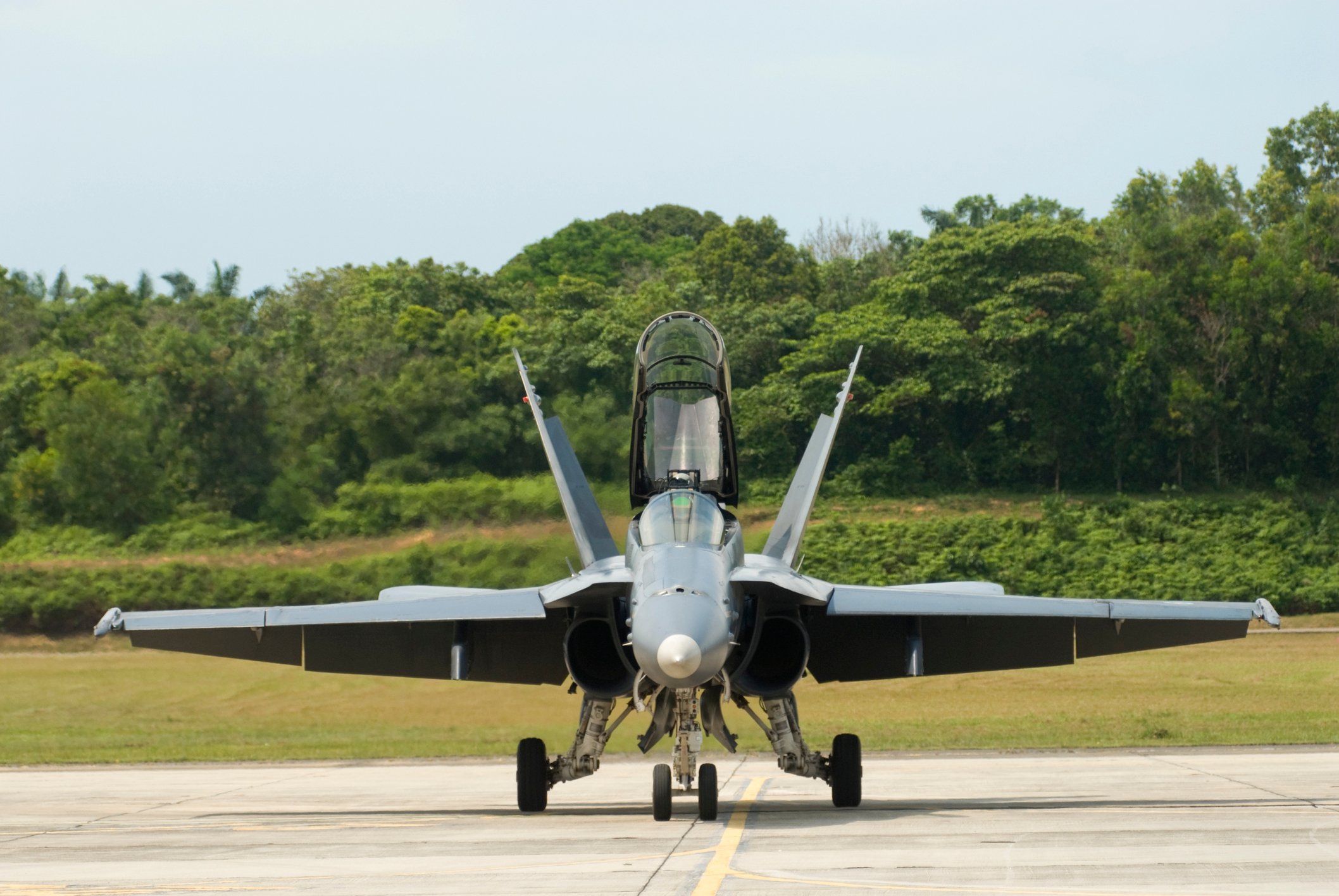Last week was no fun for Northrop Grumman (NOC 1.06%) investors.
Entering the week on a high note at a share price north of $356, Northrop stock slid all week long, briefly bucking up a day after Q1 earnings came out only to resume its downward trend Friday and close out the week with a near-10% loss. So what went wrong?

Surprise! After earnings, Northrop's stock is no longer flying quite so high. Image source: Getty Images.
What Northrop said
Northrop reported its earnings before market open last Wednesday morning. According to the company, Q1 sales grew 5% year over year to $6.7 billion, and profits increased nearly three times as fast, rising 14% to $4.21 per share.
Despite this, operating profit margin at the defense giant actually eroded in the quarter, sliding 70 basis points to land at 12.7%. Luckily for Northrop, the twin effects of a pension benefit and lower corporate income taxes (thanks to tax reform) helped to boost net income back up over Q1 2017 levels, allowing Northrop to grow earnings despite its reduced profit margins in the quarter.
Northrop's cash situation also improved, though not as obviously. Consumption of cash from operating activities was roughly halved, but capital spending increased nearly 50%. The result: Free cash flow shifted from negative $655 million a year ago to negative $542 million in Q1 2018, a 13% improvement.
That may still sound bad, but here's the thing: Northrop Grumman pretty much always burns cash in Q1 (it's done so every year for the last nine years at least according to data from S&P Global Market Intelligence). When push comes to shove, though, Northrop also always pulls through in the end -- in each of those last nine years, Northrop ended up in the black by year-end, with strong positive free cash flow.
Breaking it down
Northrop Grumman divides its business into three main business units: aerospace systems (the largest, with $3.3 billion in Q1 sales), mission systems (nearly as big at $2.9 billion in quarterly sales), and technology services (by far the smallest at $1.1 billion in quarterly sales).
Aerospace saw a 10% increase in sales since this time last year, but its operating profit margin contracted by four-tenths of a percentage point to 10.4%. Mission systems sales grew 3%, and the segment's operating profit margin inched up 0.1 percentage points to 12.9%. Technology services was the laggard of the family, with sales declining 4% and operating profit margin contracting by a tenth of a percentage point to 10.7%.
And building it back up
As for Northrop Grumman's newest acquisition, the space business Orbital ATK (OA +0.00%), that...hasn't happened yet. It's been eight months since Northrop announced the merger, and while management still expects to close the transaction before the end of June (and to benefit mightily from Orbital's added its free cash flow), the merger has yet to be finalized. As such, in preparing its guidance for the rest of this year, Northrop left the effects of the still uncertain Orbital ATK acquisition out of its estimates.
Without Orbital, Northrop expects to earn between $15.40 and $15.65 per share on sales of $27 billion this year -- about $0.40 more than its previous expectation. Management also expects to once again make up the cash lost in its first fiscal quarter over the balance of the year, and end 2018 with positive free cash flow of between $2 billion and $2.3 billion.
The upshot for investors
Is $2 billion to $2.3 billion enough cash profit to justify Northrop Grumman's $56 billion-plus market capitalization? Honestly, I'm not certain it is -- and judging from how investors treated Northrop Grumman stock last week, it seems they have their doubts as well. At a valuation of as much as 28 times this year's free cash flow, and with a projected profit growth rate of less than 12%, Northrop Grumman is one pricey stock.
Maybe in Northrop's case discretion is the better part of value investing.





